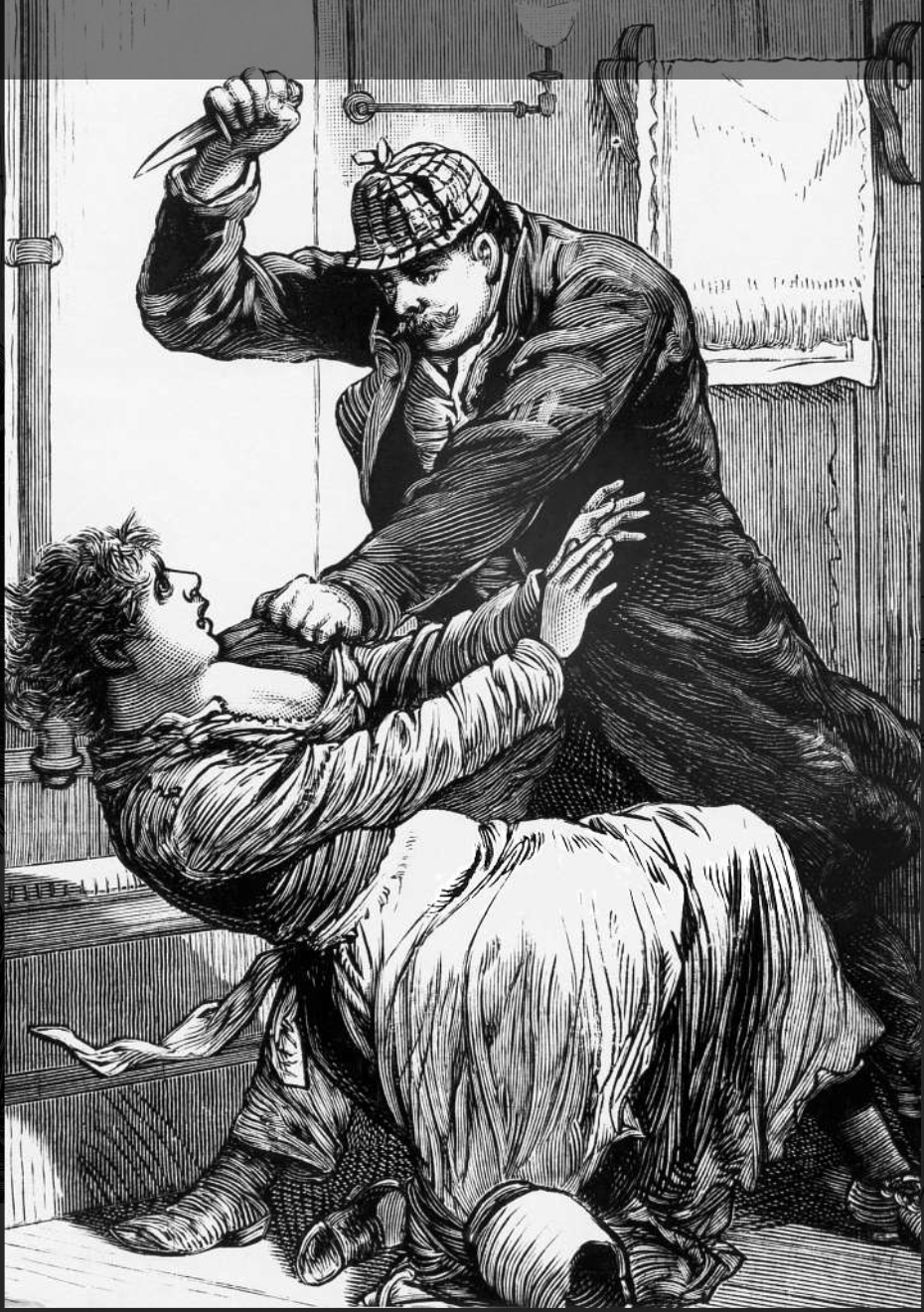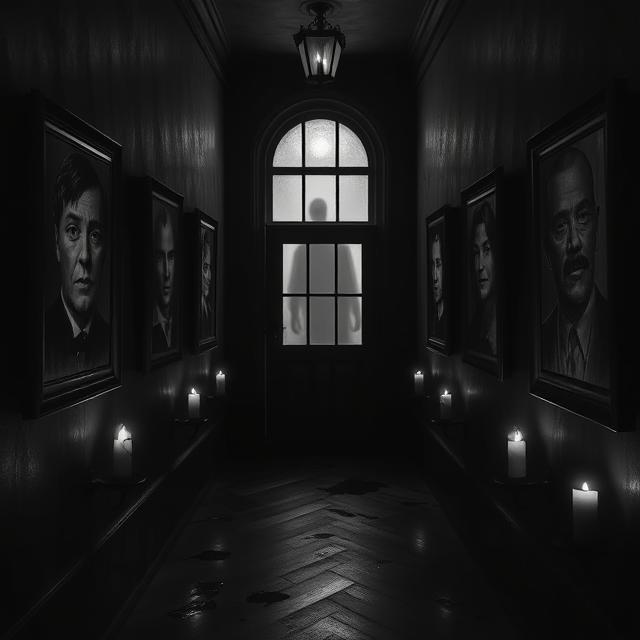Introduction: Fog, Fear, and Blood
In the autumn of 1888, a predator emerged from the shadows of London’s East End. He didn’t just kill—he mutilated, staged, and vanished into the fog as if he were made of it. The world came to know him by a name carved into history like a knife wound: Jack the Ripper.
His victims were poor, female, and forgotten by society. His presence exposed not just the horror of his crimes but the rot at the heart of a decaying empire. Over 130 years later, we still don’t know who he was.
But we’ve never stopped looking.
The Murders: A Timeline of Terror
The Ripper’s reign began on August 31, 1888. It ended—at least officially—on November 9. In just over two months, he committed a series of murders so brutal, so deliberate, that they changed the public’s relationship with violence.
Mary Ann Nichols – August 31
Found in Buck’s Row, throat slit, abdomen slashed. No witnesses. No suspects.
Annie Chapman – September 8
Found in a backyard off Hanbury Street. Organs missing. Surgical precision noted.
Elizabeth Stride – September 30
Killed but not mutilated. Possibly interrupted. Known as the “Double Event.”
Catherine Eddowes – Also September 30
Found 45 minutes later. Face carved. Kidney removed. A piece of her apron was left near a wall where the Ripper had scrawled a message in chalk.
Mary Jane Kelly – November 9
Found in her room. Body destroyed beyond recognition. Heart missing. The most savage murder of them all.
Each victim was a sex worker. Each murder escalated in brutality. And each left behind more questions than answers.

The Victims: Women Forgotten by Empire
The press often reduced them to their profession. But these were real women, each with stories beyond their final moments.
Mary Ann Nichols was a mother. Annie Chapman struggled with illness and grief. Elizabeth Stride fled an abusive marriage. Catherine Eddowes was an intelligent, fiery woman known for singing in the streets. Mary Jane Kelly, the youngest, was described as pretty and kind. She may have used an alias to escape her past.
Their lives mattered. Their deaths became legend.
The Letters: From Hell and Other Lies
As fear spread, the police began receiving letters—some crude, others chilling.
- The “Dear Boss” letter first used the name “Jack the Ripper”
- The “Saucy Jack” postcard hinted at the Double Event
- The “From Hell” letter, mailed with a piece of human kidney, remains the most infamous
Most are believed to be hoaxes, penned by journalists or attention seekers. But they helped turn Jack the Ripper into something more than a killer. He became an identity, a persona, a myth.
The Investigation: A City Outpaced
Victorian police were overwhelmed. Crime scene management didn’t exist. Forensics were primitive. Detectives worked without gloves, took few photographs, and let journalists trample through evidence.
The city’s class divide made the investigation harder. The East End was a maze of poverty, crime, and despair. Witnesses were often drunk, illiterate, or terrified. The press mocked the police. Citizens protested in the streets.
Jack taunted everyone. And he got away with it.

The Suspects: Butchers, Royals, and Shadows
Over 100 people have been named as possible Rippers. Some suspects stand out:
- Montague John Druitt, a barrister and teacher who drowned himself shortly after the final murder.
- Aaron Kosminski, a Polish barber with mental illness and violent tendencies. DNA on a shawl has linked him to Eddowes, though the evidence is debated.
- Walter Sickert, an artist obsessed with death. Some believe his paintings reference the murders.
- Prince Albert Victor, Queen Victoria’s grandson, has been accused in elaborate conspiracy theories involving the monarchy and Freemasonry.
Each theory has holes. Each suspect is both compelling and incomplete.
The truth is, we may never know.
The Myth: Press, Panic, and the Birth of Modern Horror
Jack the Ripper didn’t just kill five women. He changed the world.
The Victorian press amplified the fear, with illustrations of cloaked figures stalking women through gaslit alleys. Public fascination with the crimes birthed modern tabloid journalism. Crime scene tours began while the murders were still fresh. London became a city obsessed with its own darkness.
The Ripper was the first modern serial killer in the public imagination—an invisible monster in a bowler hat.
He was horror incarnate. And we never stopped feeding on it.
The Aftermath: A Killer’s Legacy
No more Ripper-style murders occurred after 1888. But the terror never left.
Books, movies, podcasts, and documentaries have kept the legend alive. Writers from Arthur Conan Doyle to Alan Moore have tried to make sense of the chaos. Tourists still walk the Ripper’s trail in Whitechapel, retracing the killer’s footsteps as if hoping he might appear.
The truth has become tangled in fiction. Every theory is a mirror reflecting our fears.
The Ripper is no longer a man. He is a myth wearing a butcher’s smile.
Conclusion: The Knife That Changed History
Jack the Ripper got away with murder. But he also revealed the fragility of law, the brutality of class, and the eternal hunger of the public for horror. He lives on not because of who he was, but because of what he represents.
Uncertainty. Violence. Shadow.
He is proof that monsters don’t need faces. They only need fear. And Jack wore it like a mask.
For more cases like this, explore our archive. SinisterArchive.com—where the legends are real.




